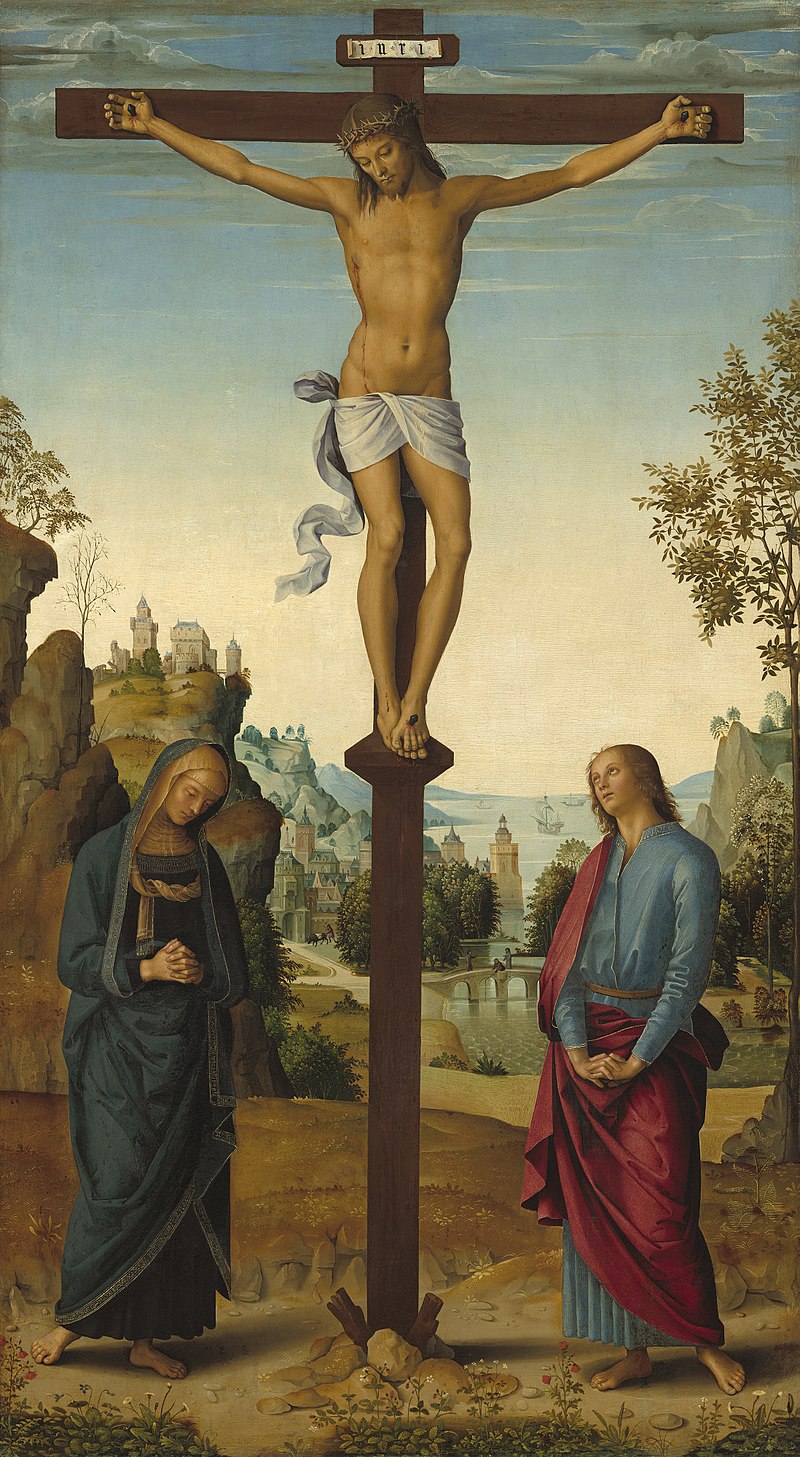
The Cross and the Code: The Power of 4/7
The crucifixion of Jesus Christ is the most pivotal moment in human history. On that sacred day, love overcame sin, mercy triumphed over judgment, and death was defeated by the Author of Life Himself. But hidden within the timeline of that divine event is something extraordinary—a pattern, a sign, a heavenly signature etched into time itself: 4/7.
On April 12, 1952, The New York Times published an article by Arnaldo Cortesi titled: DAY JESUS DIED SET AS APRIL 7, 30 A. D. According to Msgr. Francesco Borgongini Duca (26 February 1884 – 4 October 1954)—a respected Italian prelate, scholar, and Vatican diplomat—the most compelling date for the Crucifixion is April 7, 30 A.D.
Jesus Christ was crucified on the fourteenth day of Nisan, according to the Hebrew calendar—a date that has sparked centuries of debate among scholars seeking its exact counterpart on the Gregorian calendar. Intriguingly, through a cryptographic analysis of Daniel’s prophecy of the “seventy weeks” [Daniel 9:24], a compelling alignment emerges: the timeline converges precisely on April 7, 30 A.D. which aligns precisely with the Hebrew date of Nisan 14 and reveals a powerful convergence of prophecy, history, and mathematics.
Borgongini Duca’s research links Christ’s death to the year 777 of the Nabonassar era, which began in 747 B.C. He uncovered remarkable numerical patterns: 222,222 days from Daniel’s prophecy to the destruction of the Temple by Titus, and Christ’s life totaling 12,156 days—exactly 33 years, 3 months, and 3 weeks.
If his theory were widely accepted, it would not only reshape the historical and chronological framework of Christian tradition, but also anchor Easter to a fixed annual date—April 7—regardless of the day of the week on which it falls, offering both spiritual and calendrical clarity to the celebration of Christ’s resurrection.
A seemingly ordinary day on the calendar—yet in God’s design, nothing is random. This date—4/7—bears a striking numerical resonance, subtly reinforcing the significance of the number 47 in relation to the fulfillment of prophetic time and the crucifixion of Christ.
Heaven met Earth
The numbers 4 and 7 hold profound spiritual meaning, and their alignment on the day of Christ’s ultimate sacrifice is no coincidence.
- 4 represents the world: the four corners of the earth, the four seasons, the four winds. It is the number of creation and the physical realm.
- 7 is the number of spiritual perfection, completion, and divine fulfillment.
So when Jesus was crucified on 4/7, it was not just a date—it was a message:
Heaven met earth. Creation met Creator. The physical merged with the divine.
On 4/7, the Son of God stretched out His arms across time and space and bore the weight of the world’s sin. It was the day when all prophecy, law, and love were fulfilled on a Roman cross.
It was the day the veil was torn.
It was the day forgiveness was made available to all.
It was the day the impossible became reality—salvation for humanity.
And just as God spoke in 4s and 7s in Genesis and in the days of Noah, so too did He mark the ultimate act of redemption with the same divine code.
4/7 is not just a date. It’s a symbol of everything Jesus accomplished: Redemption for the world through the perfection of heaven.
So every time you see 4/7, let it remind you:
You are loved. You are redeemed. And the price has already been paid—perfectly, completely, eternally.
46 Jesus called out with a loud voice, “Father, into your hands I commit my spirit.”[a] When he had said this, he breathed his last. 47 The centurion, seeing what had happened, praised God and said, “Surely this was a righteous man.”
LUKE 23:46-47
